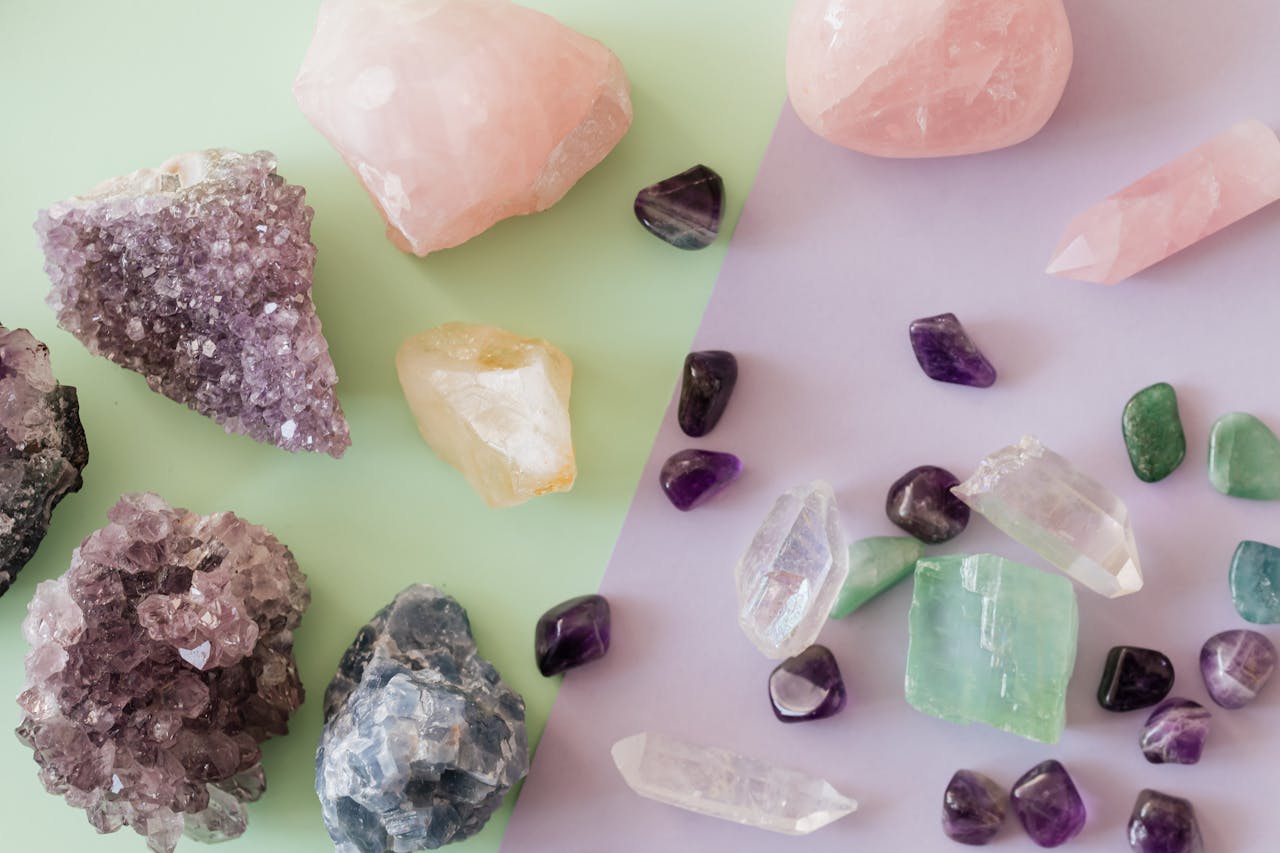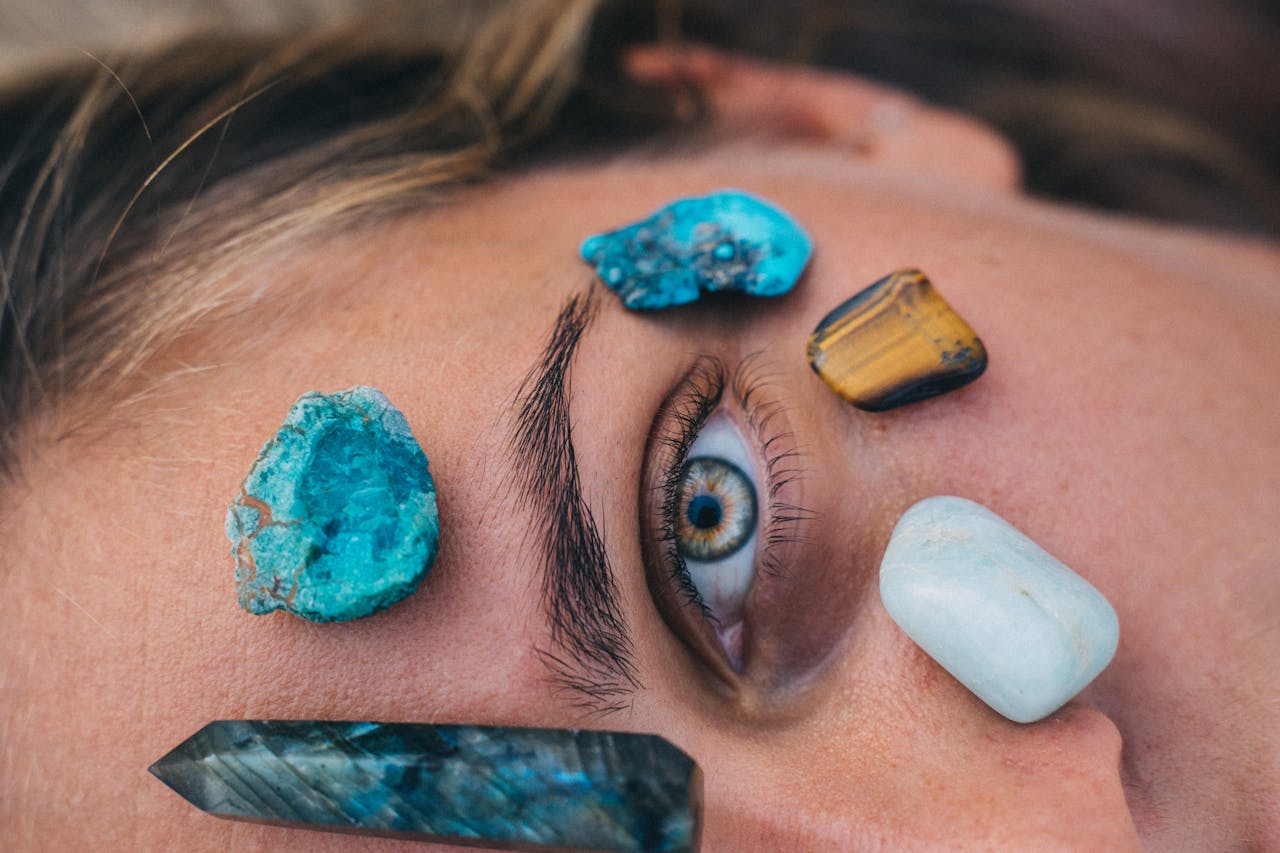Gemstones emerge from the earth with natural beauty, but many undergo treatments to enhance color, clarity, or durability before reaching the market. While treated stones offer accessible alternatives to untreated gems, understanding their modifications ensures informed purchases. This guide explores common enhancement techniques, ethical considerations, and strategies for evaluating treated gemstones to align with personal preferences and investment goals.
Common Enhancement Techniques and Their Impacts
Heat Treatment: Amplifying Color and Clarity
Thermal treatment remains the most widely accepted enhancement method, used for centuries to improve corundum (sapphires and rubies) and other gems. Heating sapphires at temperatures exceeding 1,800°C dissolves silk inclusions (rutile needles), increasing transparency while intensifying blue tones. In rubies, controlled heating can transform pale stones into vibrant red masterpieces by redistributing chromium.
Key facts:
- Permanently alters color and clarity without foreign substances.
- Accepted as standard practice unless stated otherwise (e.g., “no heat” rubies command premiums).
- Should be disclosed during sale, though many buyers consider heat treatment routine.
Naturalists prefer unheated stones, but treated counterparts offer stunning value for everyday jewelry.
Fracture Filling: Masking Imperfections
Emeralds, known for their natural inclusions, often undergo oiling or resin impregnation. Colorless cedarwood oil fills surface-breaking fissures, improving apparent clarity by reducing light scattering. This technique dates back to ancient Rome but requires care—steam cleaning or ultrasonic devices may dislodge the oil, revealing original imperfections.
Advanced versions use polymer resins for longer-lasting results, though these treatments remain unstable under extreme conditions. Jewelers must disclose filling status, as heavily included emeralds without enhancements typically cost significantly less.
Irradiation and Coating: Creating Unique Color Effects
Low-cost enhancements like irradiation alter atomic structures to change hues. Tourmaline and topaz often receive gamma ray exposure, creating blue or pink shades. The process permanently traps electrons in the crystal lattice, but coatings applied afterward (e.g., titanium for “mystic fire”) remain superficial and prone to wear.
| Treatment | Stone Type | Stability |
|---|---|---|
| Radiation | Diamonds, quartz | Permanent |
| Nano-coating | Sapphires, CZ | Temporary (lasts 1-3 years) |
Ethical Disclosure and Market Value Considerations
Industry Standards for Transparency
Major gemological institutions mandate full disclosure of treatments. The GIA (Gemological Institute of America) clearly labels certificates, noting enhancements like “lead glass-filled ruby” or “oiled emerald.” Avoid sellers who refuse documentation or use vague terms like “traditionally enhanced.” Ethical vendors prioritize clarity, distinguishing between stable, permanent treatments and those requiring special care.
CIBJO (The World Jewellery Confederation) standards classify treatments into tiers:
- Category A: Common, stable treatments (e.g., heat-treated sapphire).
- Category D: Unstable modifications (e.g., dyed calcite).
Buyers should inquire about the specific category before purchase.
Price Expectations and Resale Potential
Enhanced gemstones typically retail at a fraction of comparable untreated stones. For example, a 2-carat untreated fancy orange sapphire may exceed \$20,000, while a similarly sized treated stone costs \$3,000–\$5,000. However, resale value diminishes if future buyers prefer natural material or encounter disclosure gaps.
Exceptions exist for historical pieces—vintage rings with coated stones may gain collector appeal despite temporary enhancements. Always factor intended usage: treated gems suit wearable art better than pure investment portfolios.
Identifying Treated Gemstones
Visual Cues Under Magnification
Skilled graders recognize treatment signatures through 10x loupe analysis:
- Oiled emeralds: Oily film within feather inclusions, creating “blink effect” when tilted.
- Glass-filled rubies: Flash-fires (iridescent reflections) along fractures visible under side lighting.
- Dyed stones: Color concentrations in pits or along facet junctions (common in agate or chalcedony).
Avoid stones with obvious color patches or unnatural hues inconsistent with natural mineral properties.
Laboratory Testing: Beyond Visual Inspection
Professional labs use specialized tools:
- Fourier-transform infrared spectroscopy (FTIR): Detects polymer resins in rubies.
- UV-Vis-NIR spectroscopy: Identifies traces of beryllium in treated sapphires.
- Raman spectroscopy: Distinguishes natural from synthetic moissanite.
Request third-party lab reports from GIA, SSEF, or AGS when purchasing stones above \$5,000.
Making Informed Purchases
Questions Every Buyer Should Ask
Before committing to a purchase:
- Has this gem undergone any enhancements?
- If treated, what method was used and how stable is it?
- Is the treatment reversible or repairable if compromised?
- How does this modification affect care requirements and longevity?
Reputable sellers provide transparent answers, often backed by certification.
Choosing Between Natural and Treated Stones
Consider these priorities:
- Budget: Treated stones offer brilliance at lower costs (e.g., \$800 vs \$15,000 for blue topaz).
- Intended Use: Stable enhancements suit daily wear; collectors prefer untreated material.
- Ethical Preferences: Lab-created alternatives may better align with environmental goals than heavy treatments.
Ultimately, no treatment inherently “devalues” a stone—it simply defines its role within your collection.
Conclusion: Beauty, Value, and Knowledge Intertwined
Enhanced gemstones play a vital role in making jewelry accessible while showcasing human ingenuity. By understanding treatment types, ethical obligations, and identification methods, buyers transform from passive consumers into empowered participants in the gem world. Whether choosing a flawless-looking ruby or investing in natural diamonds, transparency and education remain the true foundations of satisfaction. Treatments may alter a stone’s appearance, but its lasting worth lies in how it connects with the wearer’s story.
Approach every purchase with curiosity and caution. Ask questions, demand disclosure, and appreciate the nuanced interplay between nature and technology. After all, whether treated or natural, a gem’s ultimate magic lies in the joy it brings when held to the light.


